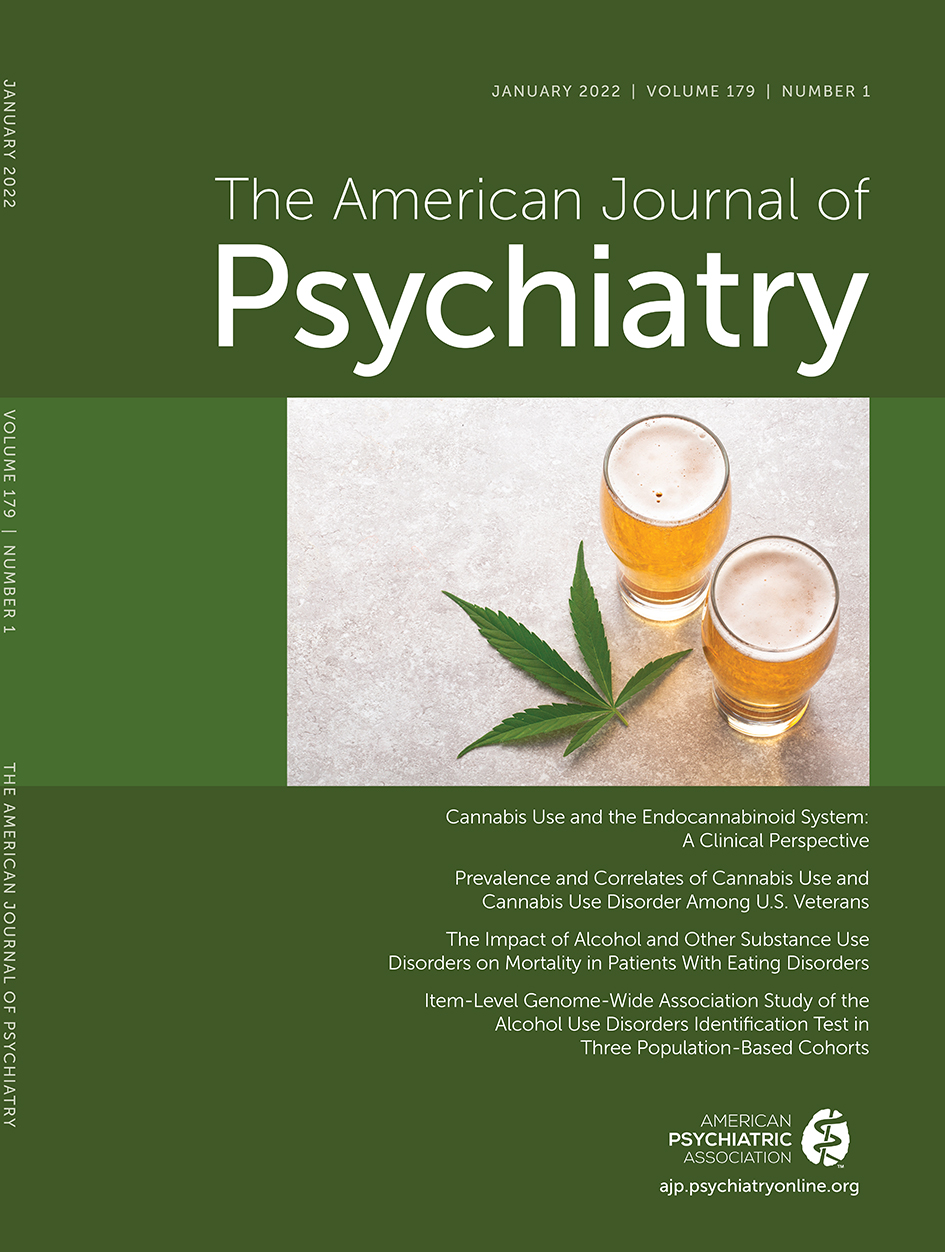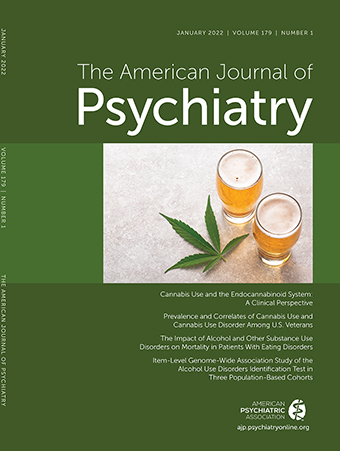2021 Articles of Import and Impact
The Editors are pleased to offer personal selections of the articles they found particularly interesting and important from the past year.
Dismantling Structural Racism in Psychiatry: A Path to Mental Health Equity
Ezogabine in Reward Circuit Activity and Clinical Symptoms in Depression
Varenicline and Naltrexone for Smoking Cessation and Drinking Reduction
Recognizing and Reducing Medication-Associated Cognitive Impairments in Schizophrenia
Brain Imaging and Clinical Relevance
Toward Causal Translational Models: Using Neuromodulation to Study Compulsive Behaviors
Studying Differential Patterns of Delayed Emotion Circuit Maturation
From the AJP Residents’ Journal: Adrafinil: Psychostimulant and Purported Nootropic?
References
Information & Authors
Information
Published In
History
Keywords
- Racism <
- Sociopolitical Issues
- Depressive Disorders
- Antidepressants
- Neuroimaging
- Schizophrenia Spectrum and Other Psychotic Disorders
- Psychopharmacology
- Substance-Related and Addictive Disorders
- Attention Deficit Hyperactivity Disorder (ADHD) <
- Neurodevelopmental Disorders
- Neurostimulation
- Posttraumatic Stress Disorder (PTSD)
Authors
Funding Information
Metrics & Citations
Metrics
Citations
Export Citations
If you have the appropriate software installed, you can download article citation data to the citation manager of your choice. Simply select your manager software from the list below and click Download.
For more information or tips please see 'Downloading to a citation manager' in the Help menu.
View Options
View options
PDF/EPUB
View PDF/EPUBLogin options
Already a subscriber? Access your subscription through your login credentials or your institution for full access to this article.
Personal login Institutional Login Open Athens loginNot a subscriber?
PsychiatryOnline subscription options offer access to the DSM-5-TR® library, books, journals, CME, and patient resources. This all-in-one virtual library provides psychiatrists and mental health professionals with key resources for diagnosis, treatment, research, and professional development.
Need more help? PsychiatryOnline Customer Service may be reached by emailing [email protected] or by calling 800-368-5777 (in the U.S.) or 703-907-7322 (outside the U.S.).

